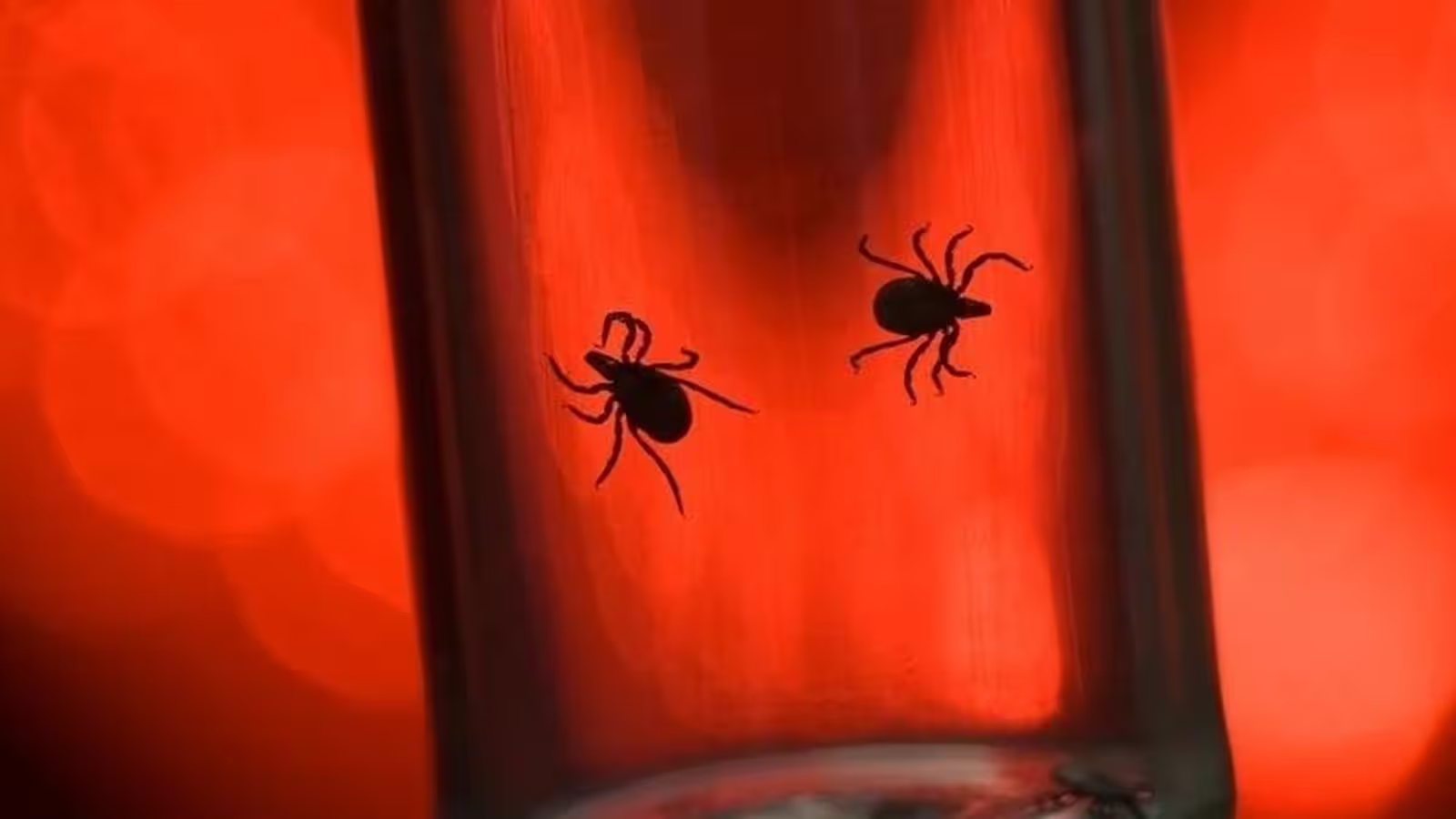6 Minutes
The Human Impact Behind the Tick Epidemic
Ticks have long been perceived as bloodsucking pests lurking in grasslands and forests, ready to infest unsuspecting hikers and outdoor enthusiasts. While their fearsome reputation is warranted—ticks are the top carriers of vector-borne diseases in the United States—the reasons behind their widespread danger are deeply rooted in human history and ever-evolving environmental changes.
Scientific studies confirm that ticks, small arachnids related to spiders, play a pivotal role in transmitting pathogens—including bacteria, viruses, and protozoa—that cause diseases ranging from Lyme disease and babesiosis to Rocky Mountain spotted fever. Each tick feeds on various hosts throughout its life, accumulating infectious agents and spreading them with each subsequent bite. However, each encounter with a tick is also an encounter with complex ecological and sociohistorical processes that have enabled these parasites to thrive.
Ecological Transformations: How Changing Landscapes Encourage Ticks
Forests, Wildlife, and the Rise of Lyme Disease
The 18th and 19th centuries marked a period of massive forest clearance across the northeastern United States, as settlers cleared land for agriculture, timber, and urban development. This widespread deforestation led to the displacement and local extinction of predators like wolves and bears, and a significant reduction in herbivore populations such as deer.
By the late 19th century, recognizing the importance of forest ecosystems, communities began restoring millions of acres of woodland. While plant-eating animals like deer returned to these recovering habitats, many apex predators did not, leaving the deer populations unchecked. This ecological imbalance proved advantageous for the blacklegged tick (Ixodes scapularis) and the Borrelia burgdorferi bacterium responsible for Lyme disease. As deer flourished, tick populations exploded, and the risk of tick-borne illnesses increased dramatically.
Since the 1970s, the northeastern U.S. has transformed into a global center for Lyme disease. In 2023 alone, more than 89,000 Americans were diagnosed with Lyme disease—a figure likely underestimated, given cases that go unreported or misdiagnosed. The spread of Lyme and similar illnesses underscores the unintended consequences of human modification of natural landscapes.

Urbanization and Habitat Fragmentation: The California Example
In California, the relationship between people and tick ecology offers fresh insights. While regions like the Northern Inner Coast and Santa Cruz mountains have retained their forests and predatory wildlife, suburban expansion and escalating housing demand have driven humans to inhabit more remote, wild areas.
The western black-legged tick (Ixodes pacificus), the vector for Lyme disease in the West, thrives in fragmented patches of greenery rather than vast, undisturbed forest reserves. Isolated natural habitats, surrounded by development, allow host animals such as rodents to multiply unchecked by predators, elevating disease transmission rates among ticks. As the Silicon Valley region sprawls, the resulting patchwork of homes and isolated vegetation creates ideal conditions for ticks to persist and for infectious diseases to circulate.
This pattern is reflected in public health data: six counties surrounding San Francisco represent 44% of all tick-borne illnesses in the state, underscoring how fragmented habitats and concentrated hosts amplify infection risks.
Livestock and the Spread of Tick-Borne Diseases: Lessons from Texas
Domesticated animals have further influenced the rise of tick-borne diseases. One notable historical episode occurred in 1892, when Dr. B.A. Rogers proposed that ticks were behind devastating outbreaks of Texas cattle fever—a lethal disease introduced via imported cattle centuries earlier. Initially met with skepticism, Rogers' hypothesis was soon validated by U.S. Department of Agriculture scientists.
The resulting government program in the early 20th century established strict regulations limiting cattle movement through tick-infested areas, and a quarantine zone spanning hundreds of miles along the Texan border. By 1943, these biosecurity measures contributed to the near-eradication of cattle fever in the American South, demonstrating how targeted interventions and land management can curb the transmission of tick-borne pathogens.
Global Perspectives: Environmental Change and Tick Ecology
Ticks are not just a North American concern. In rural regions across the Mediterranean and Asia, the hunter tick (Hyalomma spp.) exploits both natural forests and agricultural landscapes. During its life cycle, the tick feeds first on small wild animals and later on livestock. The Ottoman Empire’s 19th-century policies—encouraging settled agriculture over nomadism—led to new settlements at the forest-steppe boundary. These areas offered abundant hosts and fragmented habitats, fostering a surge in tick populations and diseases like the potentially deadly Crimean-Congo hemorrhagic fever.
Such global trends highlight a key principle in tick-borne disease ecology: location and land use matter. The interaction of environmental alteration, biodiversity loss, and human expansion shapes the prevalence and severity of tick infestations and associated diseases.
The Scientific Context: Why Ticks Thrive in a Human-Shaped World
The continued proliferation of tick-borne diseases can be traced back to several interconnected scientific factors:
- Biodiversity loss: Reduced numbers of predators and increased populations of primary hosts (like deer and rodents) streamline tick life cycles and boost pathogen transmission rates.
- Habitat fragmentation: Isolated green patches surrounded by development support high densities of pathogen-carrying small mammals.
- Climate change: Rising average temperatures and shifting precipitation patterns are expanding the geographic range of ticks and prolonging their active seasons, increasing human exposure risks.
Quotes from institutions such as the Centers for Disease Control and Prevention highlight that "the risk of tick-borne infection is shaped as much by where we live and how we manage our land as by the ticks themselves."
Implications for Public Health and the Future
The growing incidence of tick-borne illnesses poses significant challenges for medicine and public health systems. Solutions require interdisciplinary approaches, integrating ecology, epidemiology, urban planning, and wildlife biology. Technological advances—such as GIS mapping, targeted vaccines, and improved surveillance—offer hope for predicting outbreaks and protecting vulnerable populations.
Ongoing research by universities and public health agencies focuses on quantifying tick densities, tracking the movement of host animals, and developing new strategies for landscape management. Experts stress that reducing human risk means restoring predator populations, preserving ecosystem complexity, and carefully regulating human expansion into wild habitats.
Conclusion
Tick-borne diseases are a testament to the profound influence of human decisions on the natural world. Far from being mere pests, ticks are ecological barometers—responding to the ways we shape our forests, manage our livestock, and expand our cities. Addressing the challenge of tick-borne illness requires not only medical interventions but also thoughtful stewardship of the environments we share. Understanding this interconnectedness is essential for reducing disease risks and safeguarding both human and ecosystem health for the future.
Source: theconversation



Comments